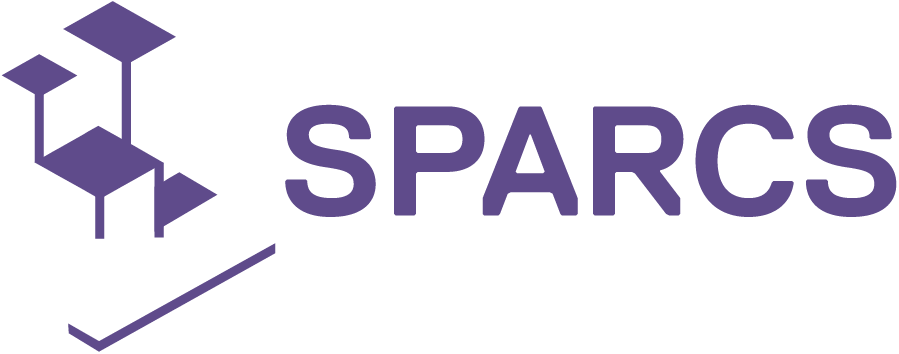Green roof in municipal buildings
The city of Maia installed its second green roof in municipal buildings.
Similar to what had already been done at the Mandim Primary School, a part of the Forum Maia building now has a green roof and a small vertical garden, a project integrated into BaZe- Living Lab Maia.
This is an innovative project in the area as it uses a green roofing system based on expanded cork agglomerates, produced with waste from the cork industry. This system is the result of a 3-year research project (“Green Urban Living – GUL” https://www.neoturf.pt/en/investigation/gul-greenurbanliving) between Neoturf, Amorim, ANQIP and ITeCons, funded by the European Union.
The concrete slabs that were installed were removed and destined for reuse or crushing to incorporate reinforced concrete in other municipal works.
This garden is mostly composed of autochthonous species, chosen taking into account the climate of the region as well as the importance of promoting biodiversity.
The garden can be visited, but part of the area is not accessible, as a way of ensuring a quiet niche for the micro-eco-system.
Precipitation retention and flood peak delay, thermal insulation, protection and increase of the waterproofing lifetime, creation of biodiversity niches, CO2 capture and oxygen production, associated with the improvement of the urban landscape and valorization of buildings, are some of the numerous environmental, financial and social benefits that these solutions provide.
Thermal and humidity sensors were also installed along the different layers of the installation, as well as a meteorological station. Both are interconnected and monitored with the urban data pilot platform.
This roof has an ecological design and it’s 100% national production.
In addition to all these typical benefits associated with green roofs, this space will serve as an object of environmental education for different audiences interested in its contemplation.
There will de educational visits from school students, of course, but we also want to mobilize as many as people as possible so that they can understand the real benefits of the system on the spot.
It is visible and visitable, allowing sporadic visits by visitors in a non-invasive way, throughout the year. So you can observe and have an interesting sensory experience: in spring the vegetation becomes greener and more exuberant, in summer it changes to browner tones and in autumn and winter, a golden one.
Our aim is to continue replicating these nature based solutions for buildings, as mitigation and adaptation measures to also address the climate change challenge faced by cities.



